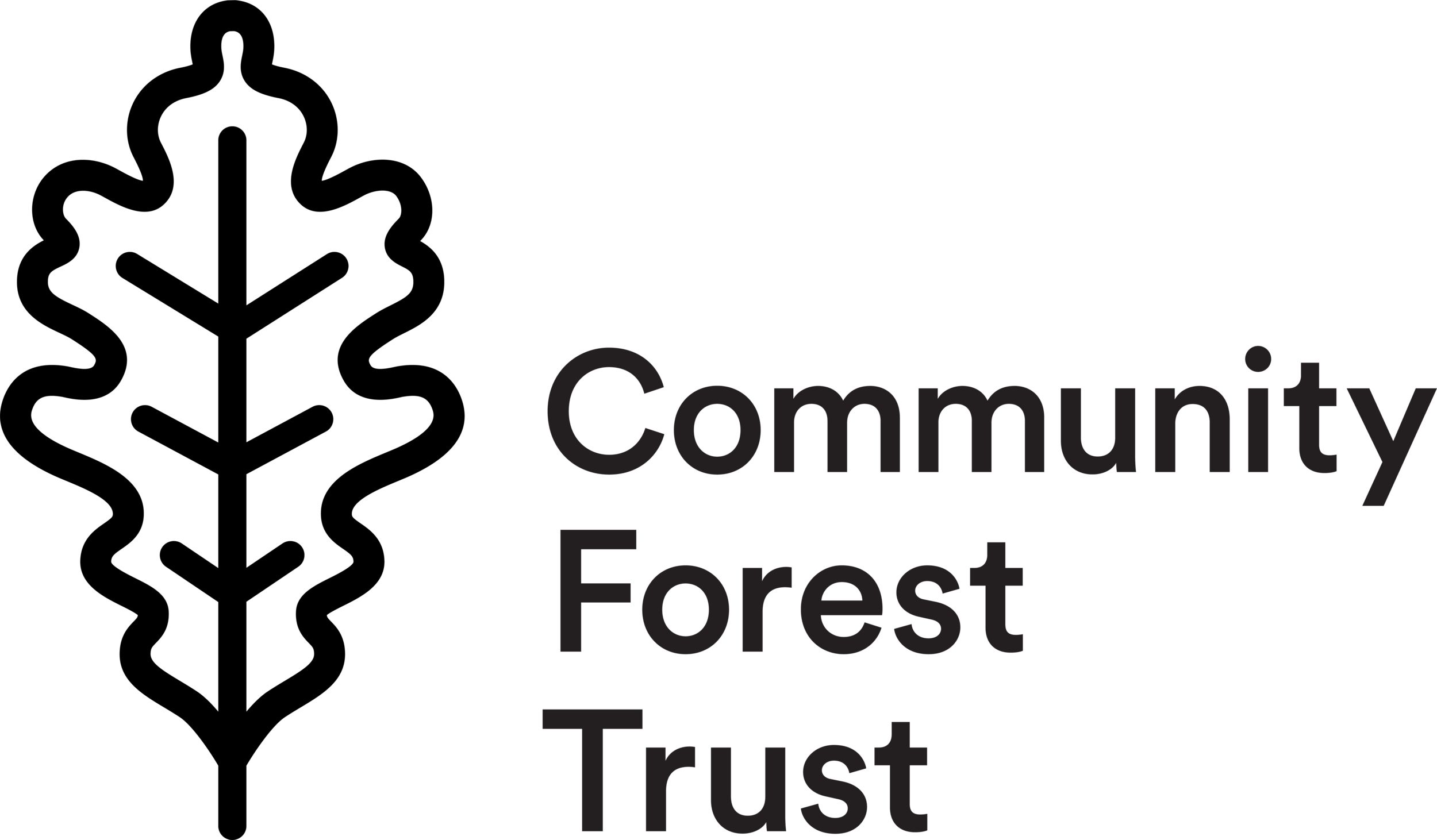Defra-backed project to plant 1 million trees with schools
Trees for Learning is a major project to encourage schools to plant trees within school grounds and local green spaces. It forms part of DEFRA’s pledge to support schools to plant 1 million trees by 2020.
Working with the Woodland Trust, who are leading on delivery targeted at some of the most deprived areas of the country, England’s Community Forests are working together to hit the target of helping primary schools plant 164,000 trees, and with another two years to run on the project, they are well on their way.
Since the project began around 11 000 children from 350 schools have planted 65 000 trees and a cost-benefit analysis has evaluated the social and environmental impacts of the financial and human resources invested by Trees for Learning at the end of its second year at a staggering £18.3m.
Teachers reported increased knowledge of the natural environment, increased levels of physical activity and improved behaviour of children. Eighty percent of schools specified a major impact on improving the children’s outdoor learning.
Staff from Community Forests all over the country help schools decide what to plant and where by providing expert design advice. They then help schools to run planting days with children to ensure that the right type of trees go in the right places, maximising the chance of them being part of the landscape for generations to come.
Children all have the opportunity to plant a tree and watch them grow, and take part in activities to learn more about trees and woodlands, linked to the national curriculum. The planting days enable children living in urban areas to connect with nature in their local environment, learn about how trees link with other important issues like health and climate change, and create settings for outdoor learning and Forest Schools. Children plant a range of native broadleaves, fruit trees and conifers along with ‘useful trees’ such as willow and dogwood which can be used as art and craft resources. They learn the best way to plant, look after (and importantly for a generation we are often told spends less and less time outdoors), how to identify these trees when out and about.
Mersey Forest’s Trees for Learning project officer Steph Hepworth said, “Planting trees has a special significance for children in schools as many of them will be around to see their tree growing as they move up through the school. This helps to give them a sense of belonging to their surroundings and fosters a desire to nurture their environment. When we plant with the Year 6 children some of them feel sad that they won’t be around to see their tree come to maturity, but take great comfort from the thought younger siblings or friends will take care of it.”
The tree planting sessions give staff the opportunity to discuss biodiversity with the children: prompting them to consider what creatures will live in the hedgerows they’re now planting and how they could encourage more wildlife into their school environment. The work links to the national curriculum encouraging discussions about how trees and the environment are part of other important issues like health and climate change.
Feedback from the sessions has been extremely positive. One teacher reported, “I really noticed a change in one boy in particular who struggles with motor skills. He doesn’t enjoy activities such as PE and handwriting but was really enthusiastic about the tree planting. He chose to plant one of the bigger trees which meant digging a bigger hole and did not stop until he had achieved this.”
Follow up work is a crucial aspect of the project. When the team from the Mersey Forest revisited a school site to deliver the education follow-on sessions, they noticed that one area of woodland was being used by children during their lunchtime break and that some of the saplings were being inadvertently damaged.
During the education follow up session children expressed their concern about the trees and a desire to prevent further damage. After discussion with the children and staff, the team returned to the school and installed some stakes and mowed pathways to help to guide the children to take a fixed path through the area. Children also designed and made signs to educate their peers as to how to care for their woodlands via an assembly. The intention is to still allow the children to use the area but to ensure that the woodland has the chance to become established in the vital first years.
Another element of the follow up work sees children using survey methods to monitor their woodland. The activities are closely linked to the national curriculum and include identifying tree type, (deciduous/evergreen), notes on tree health and numbers and an estimate of tree size. The children survey an area of their new woodland using marked out quadrats (25m²) and report back their findings, before suggesting ways to fix any problems and planning their future use of the area. Monitoring will be ongoing for 2 years following the scheme, with schools given the opportunity to plant further trees should they wish to.
The next round of planting days with children will begin in the autumn and run into early spring 2019. If you know of a school who might like to be involved in the project contact your local community forest and ask to speak to Trees for Learning.

